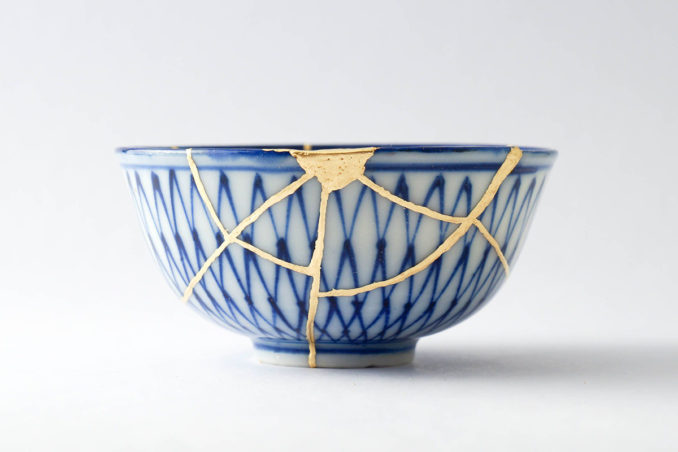Energy Efficient Interior Design
It can seem daunting at first, especially if your budget doesn’t allow for expensive renovations. But there are many ways to make small changes which will add up to big savings. Here are some ideas:
• Use eco-friendly lighting. Nowadays there are many options that will allow soft, variable and energy-efficient lighting.
• Install solar panels on windowsills or rooftops. This helps reduce heating costs during the winter months. It also creates free power for your house.
• Insulate walls and ceilings properly. The more insulation you put into your property, the lower your bills will be.
• Keep draughts away by sealing gaps around doors and windows.
• Make sure air conditioning units work efficiently. Check their filters regularly.
• Automate heating and lighting systems. There’s no need to have heaters on all night if you can turn them on an hour before getting up in the morning.
• Choose low flow shower heads and toilets. Power-heads mix air with water so you still have a strong flow of water but without wasting hot water on inefficient showers.
• Take advantage of natural light wherever possible. Windows facing south should receive plenty of sunlight throughout the day.
Eco-friendly Interior Design Reduces Waste
The recycling of materials as discussed before is a part of this but also in many cases what is needed is a mind reset. There is much beauty and grace in repairing and renovating broken items – as described in this post on the Japanese art of Kintsugi.

In tandem with Kintsugi is the philosophy of perfectly imperfect design. This is a principle that I live my life by, and it informs all my interior design choices. You can see it in the use of old, pre-loved and discarded items that are used in home decor, like this beautiful old tiller lamp.

Also in the juxtoposition of antiques with all their imperfections, texture and history with modern colour schemes and comforts. A perfect interior is one that is rather soulless without the old and imperfect blended in to add a touch of eco-friendly authenticity.
Use Sustainable Materials Throughout
Needless to say, when designing a home interior to be eco-friendly, the materials chosen are key. You may think that is going to be quite restrictive, but there are a lot of sustainable elements to choose from. This is not an exhaustive list, but it gives you a good idea of just how much flexibility a creative interior designer has to be environmentally friendly.
Eco-friendly Materials for Interior Design
– Wood from sustainable sources
– Recycled glass
– Reclaimed wood
– Felt
– Bamboo
– Hemp
– Wool
– Cotton
– Alpaca wool
– Organic cotton
– Natural linen
– Silk
– Leather
– Cement
– Steel
– Copper
– Iron
– Bronze
– Brass
– Gold
– Silver
– Pewter
– Ceramic tile
– Stone
– Glass
As an interior designer, I always make a point of using environmentally friendly materials, but it is especially inspiring to work with a client who has these same principles. If that is you, please use the contact form below to get in touch. I look forward to hearing from you!
